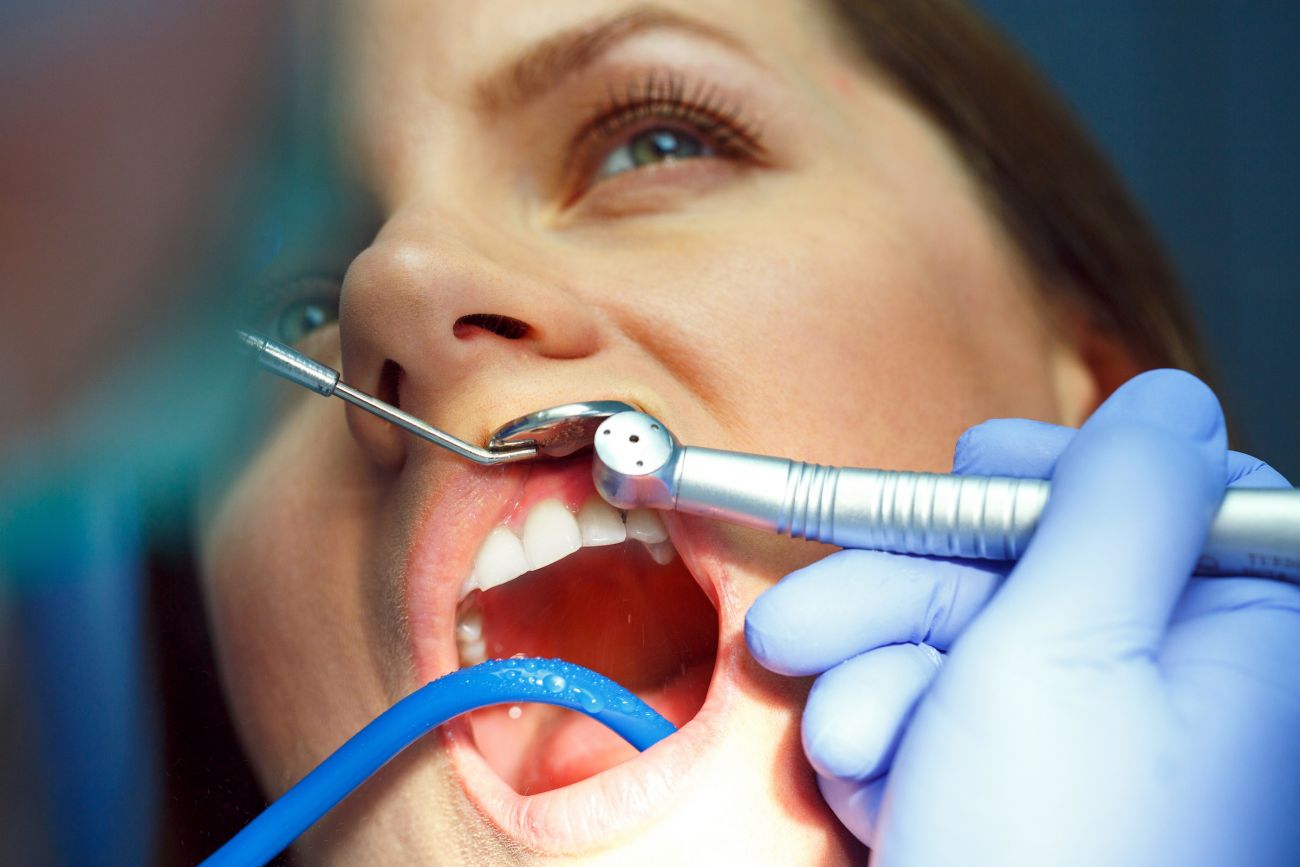Are you wondering if your silver dental fillings may be a possible cause of cancer? Rest assured that scientific evidence points otherwise.
Silver colored dental fillings, called dental amalgams, are made of an alloy of silver, tin, zinc, copper, other trace metals – and elemental mercury. They are strong and durable, and have been used for centuries. For the last 150 years amalgams have been a reliable, stable and affordable dental restorative material.
As newer tooth-colored resin composite fillings, made from ceramic and plastic compounds, have improved to be comparable in strength and durability, they have replaced the use of amalgam in many practices. Still, a little more than half of restored teeth in the U.S. contain amalgam, according to a study from the American Dental Association Science & Research Institute, as of 2016.
Can the mercury in my fillings make me sick?
While some people are concerned about the safety of the mercury content in silver fillings, years of scientific evidence shows amalgam fillings are safe.
The American Cancer Society reports that “clinical studies published in peer-reviewed medical journals found no link between mercury-containing fillings and the development of oral cancer and other diseases. The amount of mercury absorbed by the body from amalgams is so small it is considered harmless.”
The American Dental Association has not identified any correlation between amalgam fillings and cancer or any other disease. And the U.S. Food and Drug Administration considers silver fillings safe for adults and children over age 6.
While amalgams are a safe dental restoration method, mercury itself can be toxic to humans at certain levels of exposure. Identified as Hg on the Periodic Table, mercury is a naturally occurring chemical element that is found in rock in the earth's crust. Adverse effects of mercury exposure may include insomnia, muscle weakness, dizziness, mood swings, headaches and tremors.
In 2020, the American Dental Association recommended that amalgam restorations be avoided in the following categories, among others:
- Pregnant women
- Women planning to become pregnant
- Nursing women
- Individuals with pre-existing neurological disease such as multiple sclerosis, Alzheimer’s disease or Parkinson’s disease
- People with impaired kidney function
Risk factors for oral cancer
Find out what may increase your risk for oral and other forms of head & neck cancer.
Should I have my silver fillings removed?
Amalgam fillings should be removed on a case-by-case basis, and only if your dentist advises it is wise. Have your mercury levels tested to determine if you have a significant amount of mercury circulating in your blood. If you aren’t exhibiting visible adverse effects, having your amalgam fillings removed may expose you to more mercury and not be worth it.
If you do decide to have your silver fillings removed, make sure to visit a “mercury-safe” functional dentist who employs the SMART method of mercury removal. The Safe Mercury Amalgam Removal Technique (SMART) involves the use of a rubber dam, face covering and PPE, high speed suction with copious amounts of water, a sectioning technique to remove the filling, and proper ventilation.



